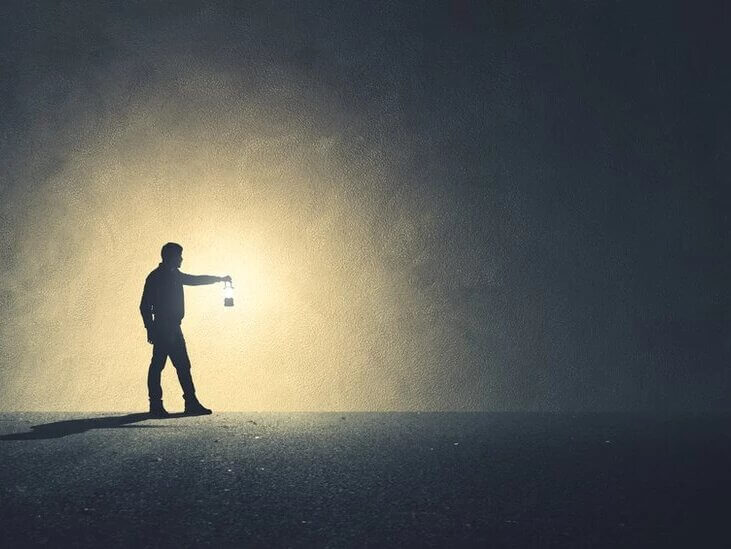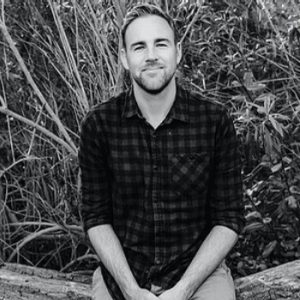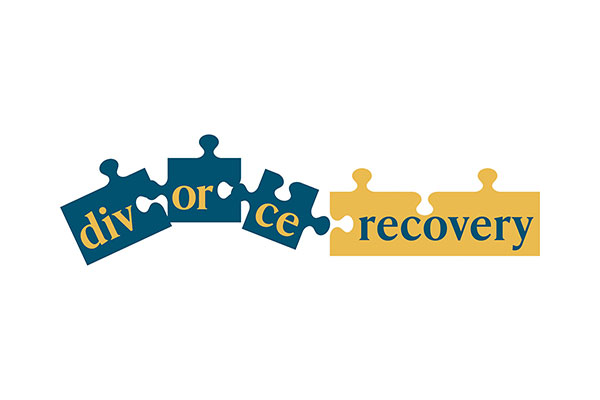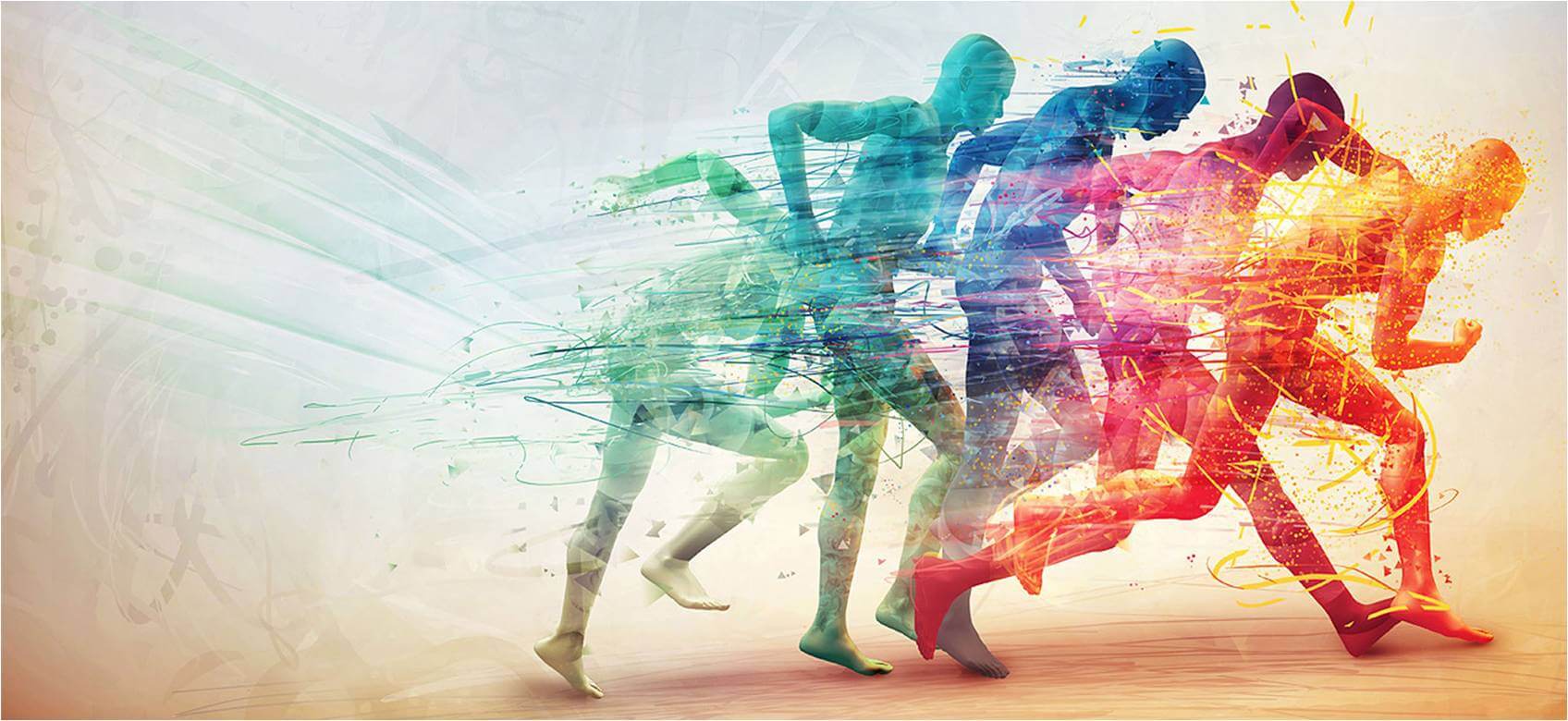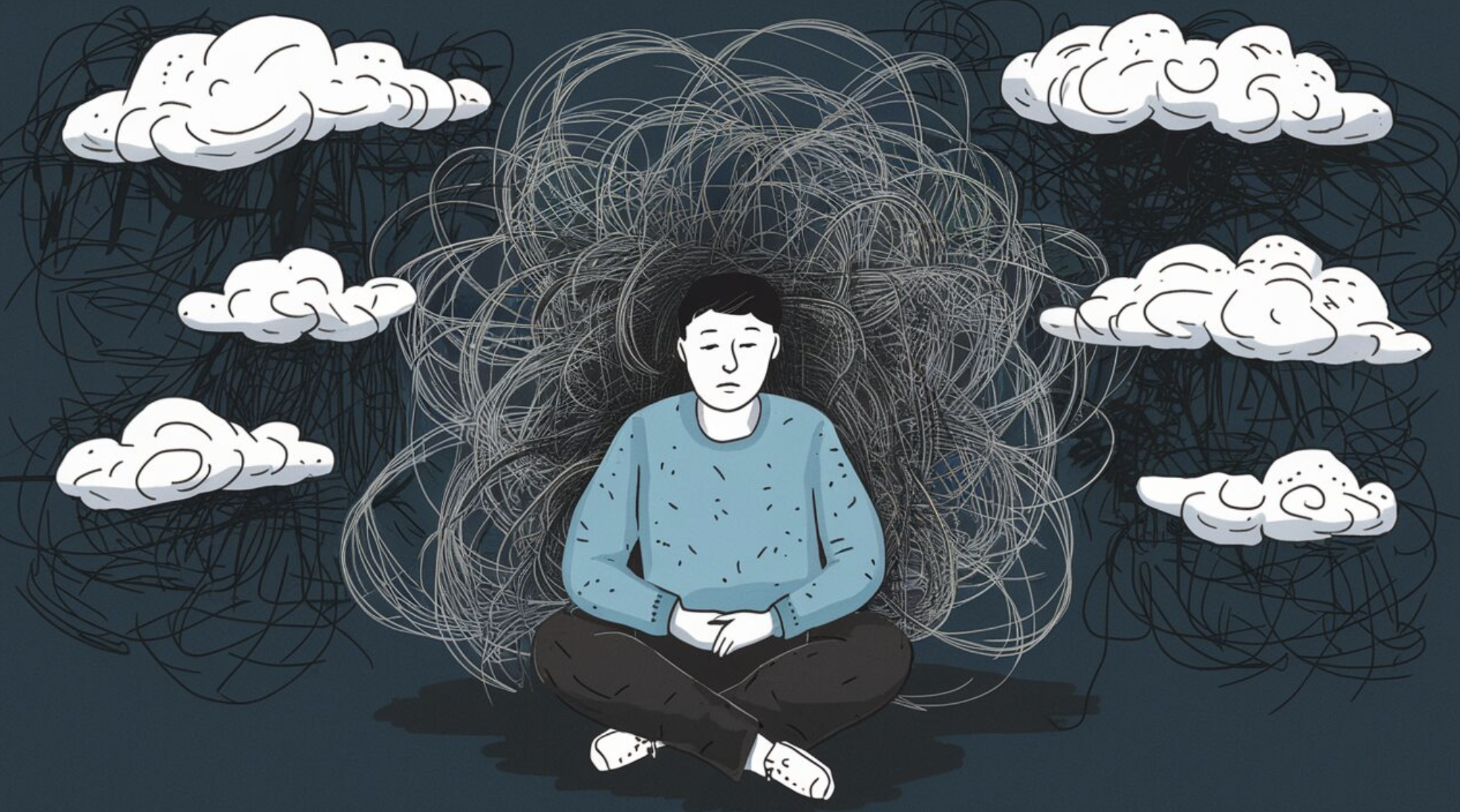“Keep things in the light” my therapist use to say. This phrase has stuck with me over the years and has taken on a more robust meaning over time. “Keeping things in the light” means a couple of things to me now. One, the importance of being honest with myself. If you are anything like me, I have a tendency to convince myself that I am stronger than I am at times, that things aren’t bothering me like they really are. The moment I remember I might need to talk and address things, even if it feels like I don’t, the better off I am. A lesson I repeatedly learn.
Second, keeping things in the light means remembering that I am a continuous mystery unto myself. There is always more to know, learn, identify, explore. The ancient Greek aphorism “know thyself” seems to be not a destination but a call to an ongoing process of self-discoverySelf-Discovery is the process of gaining insight into one’s own thoughts, feelings, and motivations….. We all have an unconscious and this idea isn’t as woo-ey at Freud once proposed, it’s now a scientific and neurological aspect of the mind. There are emotions, thoughts, conflicts, memories, that are always buried beneath the surface that need the light of our present attention. Recent neuroimaging studies even show clear evidence that thoughts occur milliseconds before we become consciously aware of them. This is just one of the many bits of data out there proving the existence of an unconscious mindThe Unconscious Mind refers to the part of the mind that contains thoughts, memories, and feelings t…. More plainly, take the tip-of-the-tongue phenomenon, the moment we know that we know something but can’t find the word for it. This information is pre-conscious, sitting just below the level of our awareness. Our friends may offer a suggestion like “Was her name Sarah?”, you reply “no, no, that’s not it.” We simultaneously know and don’t know. “How about Cindy?”, “That’s the one!” Layers of our conscious awareness are always reacting and interacting with one another. Many of our patients describe the experience of a potent insightInsight refers to the understanding and awareness clients gain about their thoughts, feelings, and b… as the same feeling for finding a lost word. Interesting.
However, the most threatening feelings, memories, thoughts, are usually buried way down. They are harder to access, it takes time and openness. They are typically tied into our earliest memories and connected to the important attachment figures of our childhoods. This is all worth knowing and can be known through the process of psychotherapy. In putting these findings in the light we find more of ourselves. We bring the fullness of the potentials of our being into the moment, into the light, and in that we can make better judgements, decisions, and ultimately take wiser action. It is the necessary precursor to authenticity, insightfulness, wholeness, and healing.
An older couple in our practice recently had a breakthrough when they took the time to understand each other’s exaggerated response to certain relational events. As they identified and explored their own childhood histories of the issues at hand (abandonment, engulfment, need for validationValidation in CBT involves recognizing and acknowledging one’s feelings or thoughts without judgme…) they were able to see the boy and the girl in each of them. Pain 50 years old laid open and in the experience of understanding themselves, and each other, they could access a level of insight and compassion not available before that moment. They learned to care not only for the person in front of them but the little boy and little girl in each of them too. They put things in the light, together.
What comes to mind for you when you imagine putting more of yourself in the light? Ask yourself that question and sit quietly. Watch what comes to mind.
